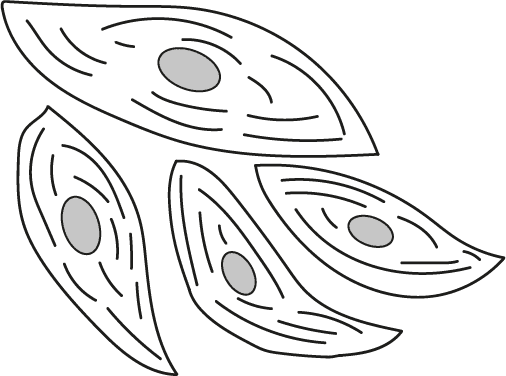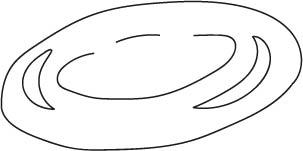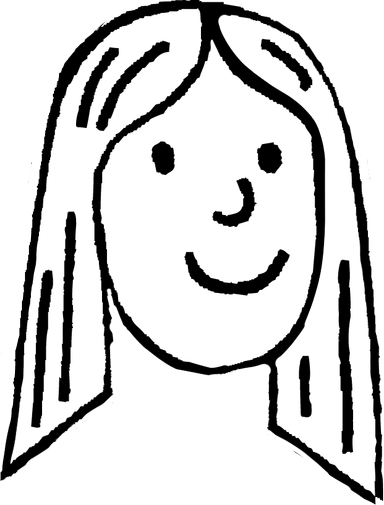Myths about teaching can hold you back
- Year 7
Muscles
I can describe what muscles are made of and how they move.
These resources were made for remote use during the pandemic, not classroom teaching.
Switch to our new teaching resources now - designed by teachers and leading subject experts, and tested in classrooms.
Lesson details
Key learning points
- The human body contains muscles.
- Muscles are a type of tissue made up of specialised cells.
- Muscles can contract and relax.
- Muscles need sugar and oxygen to contract.
- Different types of muscle have roles in organ systems, including cardiac muscle, smooth muscle and skeletal muscle.
Keywords
Muscle - A living tissue made up of muscle cells.
Contraction - The shortening of muscles, which requires energy.
Cardiac muscle - Found in the heart and moves involuntarily.
Smooth muscle - Found in organs such as the stomach and intestines and moves involuntarily.
Skeletal muscle - Joined to bones, and moves voluntarily to make bones move.
Common misconception
Thinking that muscles are only found attached to the skeleton to move our limbs, and nowhere else.
Discussion of three types of muscle, where they are found, and their roles.
To help you plan your year 7 science lesson on: Muscles, download all teaching resources for free and adapt to suit your pupils' needs...
To help you plan your year 7 science lesson on: Muscles, download all teaching resources for free and adapt to suit your pupils' needs.
The starter quiz will activate and check your pupils' prior knowledge, with versions available both with and without answers in PDF format.
We use learning cycles to break down learning into key concepts or ideas linked to the learning outcome. Each learning cycle features explanations with checks for understanding and practice tasks with feedback. All of this is found in our slide decks, ready for you to download and edit. The practice tasks are also available as printable worksheets and some lessons have additional materials with extra material you might need for teaching the lesson.
The assessment exit quiz will test your pupils' understanding of the key learning points.
Our video is a tool for planning, showing how other teachers might teach the lesson, offering helpful tips, modelled explanations and inspiration for your own delivery in the classroom. Plus, you can set it as homework or revision for pupils and keep their learning on track by sharing an online pupil version of this lesson.
Explore more key stage 3 science lessons from the Human skeleton and muscles unit, dive into the full secondary science curriculum, or learn more about lesson planning.

Equipment
Licence
Prior knowledge starter quiz
6 Questions
Q1.True or false? All living things are made of cells.
Q2.Which of the following are not found in an animal cell?
Q3.Mitochondria release energy in a process known as ____.
Q4.Which of these are examples of specialised animal cells?
Q5.What do living organisms need from the air for respiration?
Q6.What is the best description of a muscle in a living human body?
Assessment exit quiz
6 Questions
Q1.Which cell diagram shows muscle cells?



Q2.Muscle cells contain mitochondria which use and sugar to release energy so they can contract.
Q3.True or false? Skeletal muscle is joined to the bone.
Q4.Match the type of muscle to the organ system it is involved with.
Circulatory system
Digestive system
Q5.What happens to a muscle cell when it contracts?
Q6.Who is correct?






